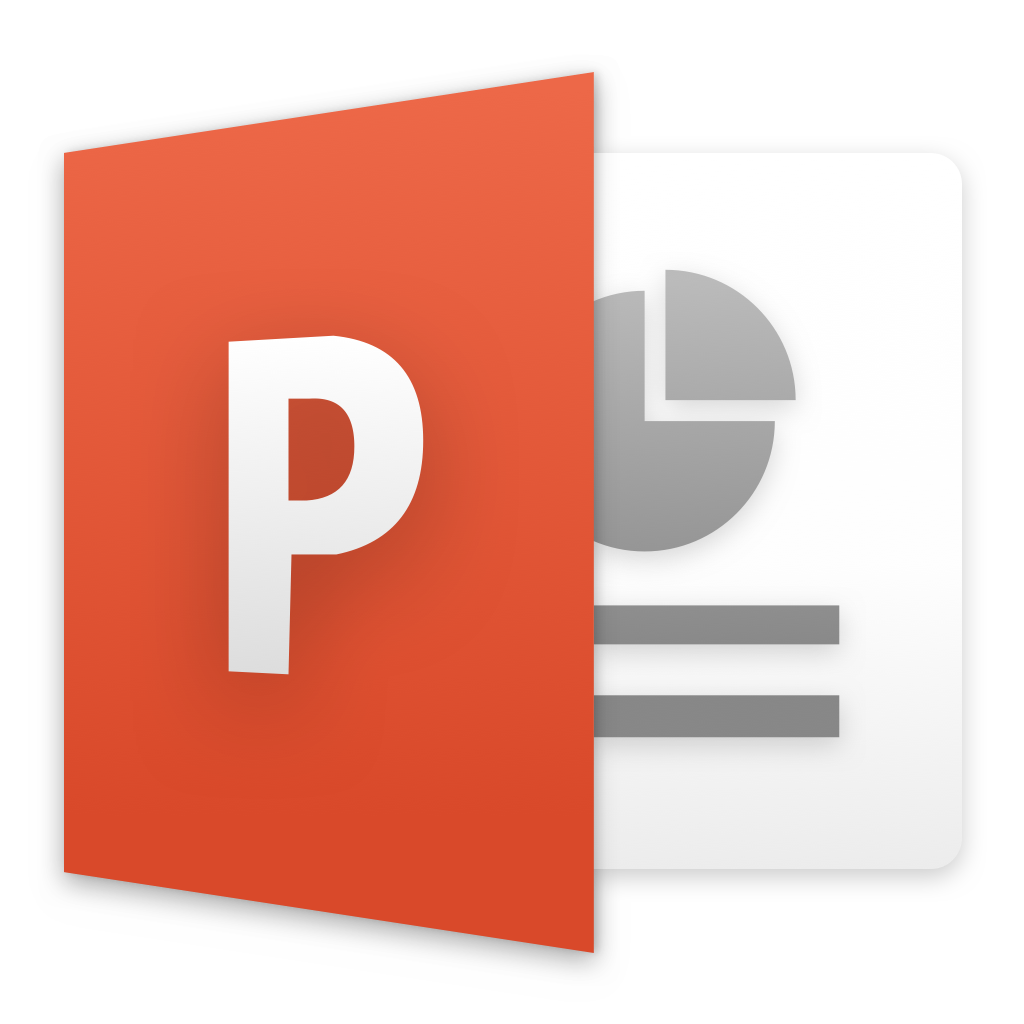Telescopes through the Ages
Overview
The purpose of this activity and lesson is to explore the historic and current technology as it relates to astronomy, with an opportunity to practice data analysis. From this the goal is for students to understand the evolution of telescopes to what they are today, starting from 1845. There is a rich history of astronomy in Ireland and plenty of new advancements to date. This is demonstrating the scientific abilities in Ireland which students may not realise are important contributors in the global scientific community. In the lesson there is a focus on optical versus radio telescopes and so a brief introduction to the Electromagnetic Spectrum is also included.
Background information
The Electromagnetic Spectrum is a range of frequencies of electromagnetic radiation, which are types of light. Humans can only see a small portion of these frequencies i.e. visible light. Many of the other kinds of frequencies you may have heard about i.e. x-rays, UV light and more. Using different types of telescopes these frequencies can be collected and analysed and by learning from the different types it gives a clearer understanding of outer space.
The first telescopes were optical i.e. used visible light, as follows the classic understanding of astronomy being someone looking into the sky at night. Over time the optical telescope was improved upon, for example the aperture size which is the diameter of the circle where the light comes through, allowing for more detailed observations. Originally telescopes just used lenses to magnify, now reflecting mirrors are also used. As well as that the material of the reflecting mirror has been improved upon. A popular material in the 1840s, around the time of the Leviathan Telescope, was speculum, a mix of copper and tin which was very reflective but prone to tarnishing. Nowadays glass and with a thin layer of aluminium is used.

Students configuring the telescope images chronologically.
Whilst what the telescope is composed of is very important, so is its position and maneuverability. Having a telescope on the ground versus in space can be quite different as our atmosphere can block certain types of radiation and limit visibility of some light waves. As well as this, there are telescopes which can be adjusted and aligned. For radio telescopes, which look at radio light space, the challenge to make them large resulted in some getting so big that the dish would warp under its own weight, so needed to be supported by the surrounding earth, such as being built into a crater or valley. At this point it is not possible to move or align the telescope to look in different directions. Instead the telescope is in the land and immobile, but this can come with its own disadvantages.
Ireland has a rich history of astronomy – for 70 years Ireland had the largest telescope in the world which was built in the 1840s. The Leviathan telescope is located in Birr, County Offaly and has an aperture of 1.8 metres. From this the owner, the 3rd Earl of Rosse, was able to sketch the Whirlpool Galaxy over 23 million light years away and revealed its spiral nature. Nowadays Ireland is involved in ESO (European Southern Observatory), EST (European Solar Telescope) and JWST (James Webb Space Telescope), as well as LOFAR of course.

Images taken using telescopes throughout history, to be put in chronological order.
There is also modern research going on in Ireland, just 300m from the Leviathan is I-LOFAR, a radio telescope. It is part of an array of radio telescopes spread through Europe which combine to make a telescope equivalent to the size of Europe, stretching roughly 2,000km from Ireland to Latvia. It uses lots of small antennae to collect radio waves as part of a technique called interferometry. This technique detects the delay between signals received by the antennae and can then tell us where the source is, similar to making noise in a big space, whoever hears it first is closer. The telescope is used to research the early universe, solar activity, distant stars and much more!
We have also made a video of a fun activity involving Origami in Space – how origami is being used to make a tool to shade a telescope in space from the Sun.
Downloadable Resources
 Editable Presentation PPT
Editable Presentation PPT  Fixed Presentation PDF
Fixed Presentation PDF ![]() Lesson Plan PDF
Lesson Plan PDF
